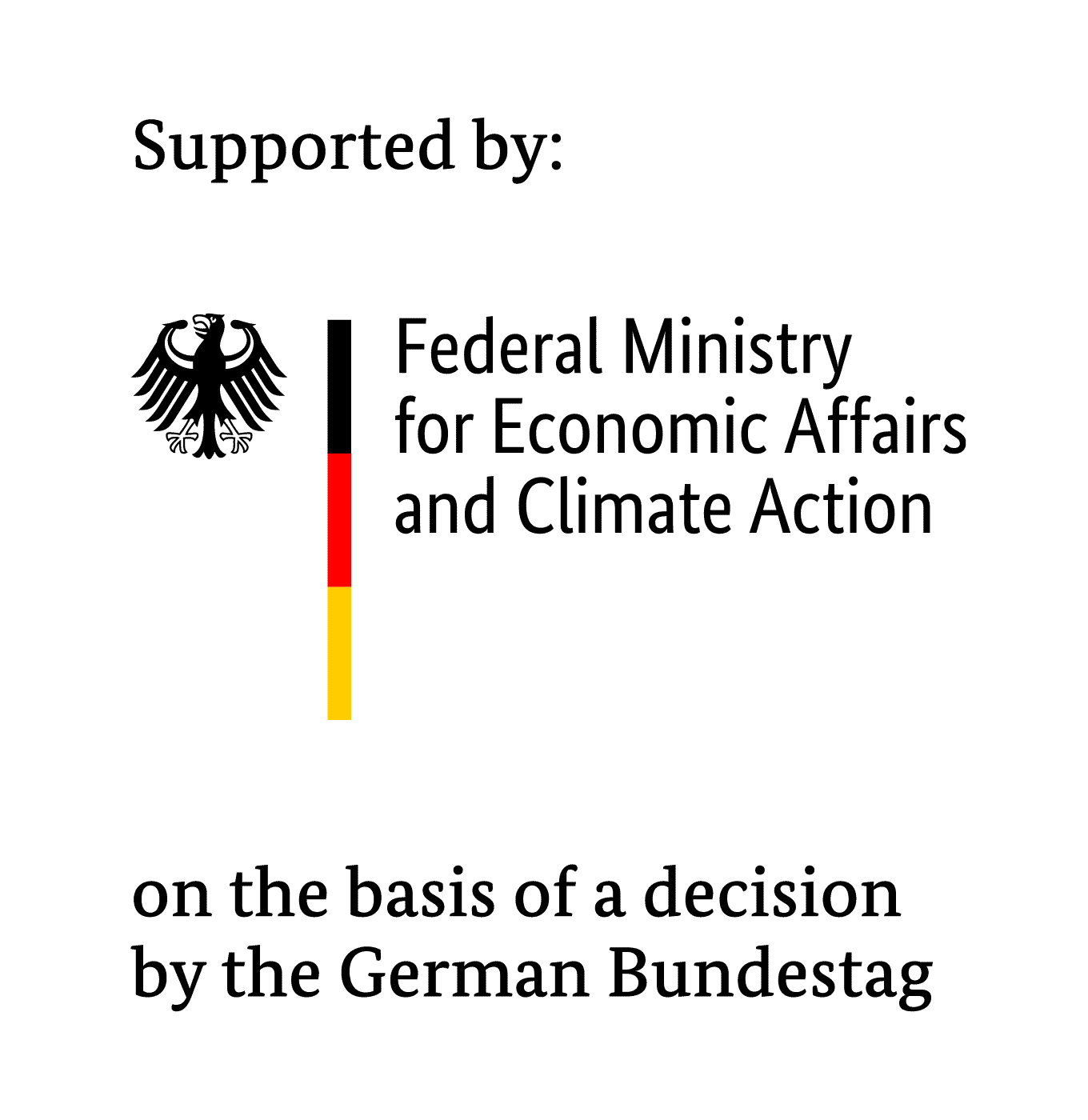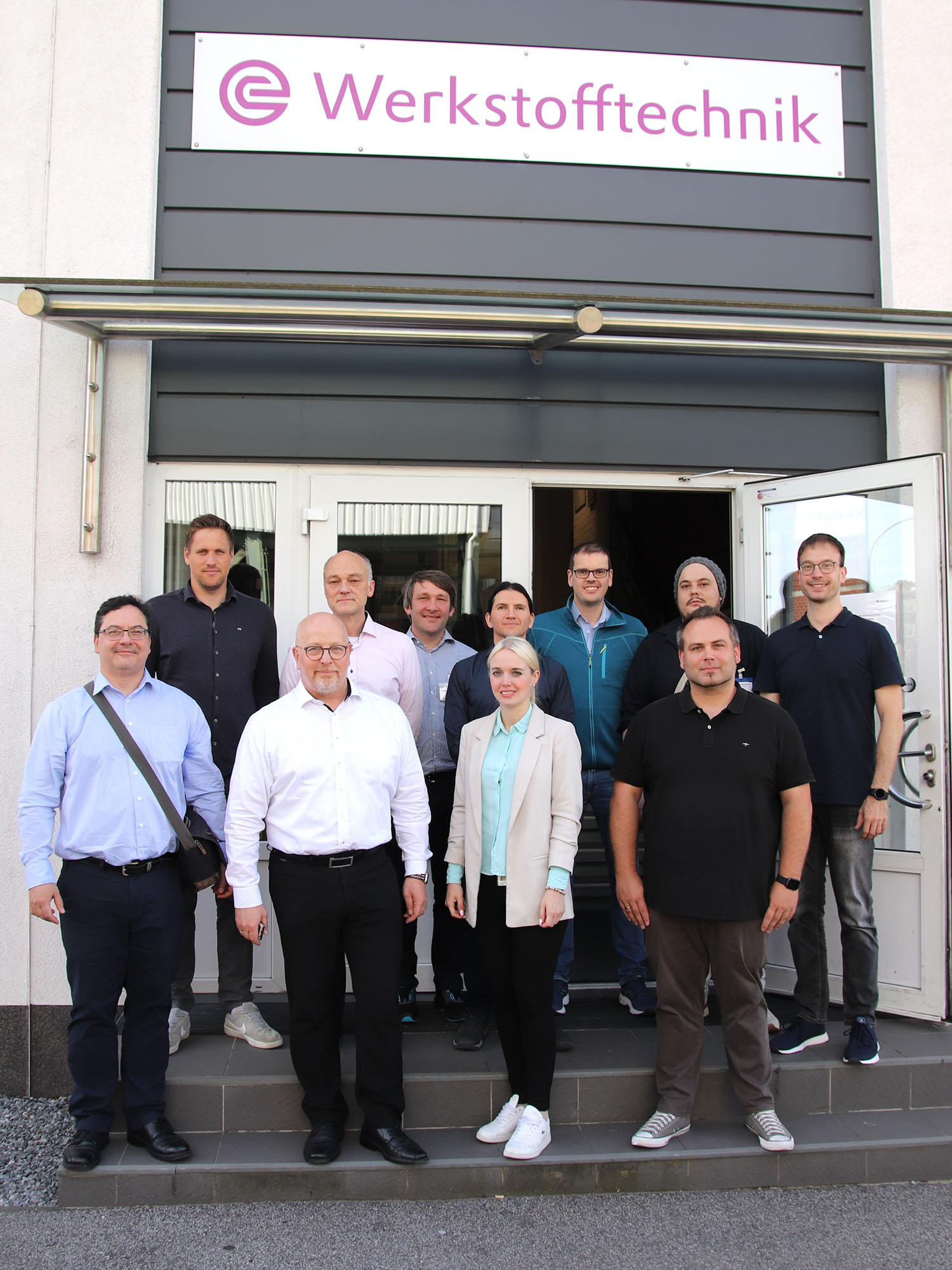An article on damage detection based on the electromechanical impedance method in the presence of varying loading conditions (bending and torsion) has been accepted for publication in the Journal of Intelligent Material Systems and Structures.
Abstract:
Active piezoelectric transducers are successfully deployed in recent years for structural health monitoring using guided elastic waves or electro-mechanical impedance (EMI). In both domains, damage detection can be hampered by operational/environmental conditions and low-power constraints. In both domains, processing can be divided into approaches (i) taking into account baselines of the pristine structure as reference, (ii) ingesting an extensive measurement history for clustering to explore anomalies, (iii) incorporating additional information to label a state. The latter approach requires data from complementary sensors, learning from laboratory/field experiments or knowledge from simulations which may be infeasible for complex structures. Semi-supervised approaches are thus gaining popularity: few initial annotations are needed, because labels emerge through clustering and are subsequently used for state classification. In our work, bending and combined bending/torsion studies on rudder stocks are considered regarding EMI-based damage detection in the presence of load. We discuss the underpinnings of our processing. Then, we follow strategy (i) by introducing frequency warping to derive an improved damage indicator. Finally, in a semisupervised manner, we develop simple rules which even in presence of varying loads need only 2 frequency points for reliable damage detection. This sparsity-enforcing low-complexity approach is particularly beneficial in energy-aware SHM scenarios.
More information:
Kexel, C. & Moll, J., Detecting damage in rudder stocks under load using electro-mechanical susceptance: frequency-warping and semi-supervised approaches, Journal of Intelligent Material Systems and Structures, 2021 (accepted in November 2021)


